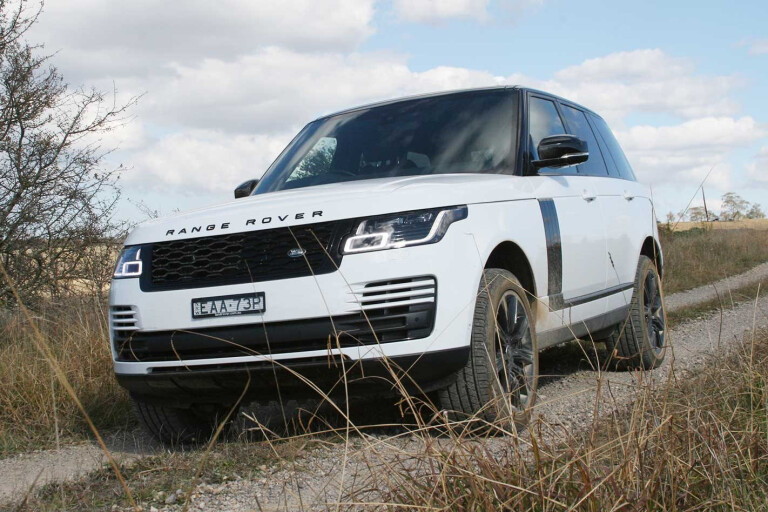
RANGE ROVER, the premium model in Land Rover’s now extensive line-up, comes with no fewer than six powertrains in both diesel and petrol and in four-, six- and eight-cylinder configurations. They top out with a stonking 415kW supercharged 5.0-litre petrol V8, while at the other end of the range, at least in terms of green credentials, is the Range Rover P400e PHEV (Plug-in Hybrid Electric Vehicle).
As its primary power source the PHEV still relies on ‘fossil fuel’ but via a cutting-edge 2.0-litre turbocharged four-cylinder petrol engine that is good for 221kW and 400Nm.
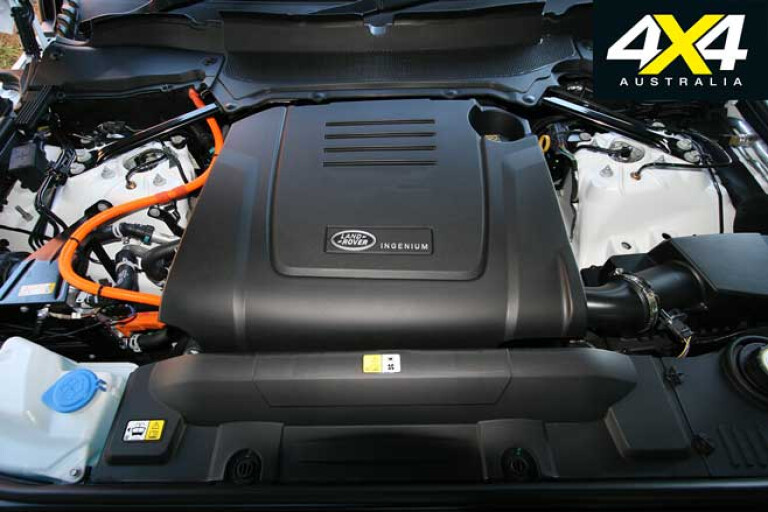
Supplementing this is a 105kW/275Nm electric motor powered by a battery that can be charged via an external power supply, but it also charges as the vehicle decelerates and the electric motor switches to generator mode. This is called regenerative braking, the method by which all hybrid (and electric vehicles) recapture energy that would be otherwise lost.
You might think the combination of the 221kW/400Nm petrol engine and the 105kW/275Nm electric motor would result in 326kW and 675Nm, but it doesn’t work out that way as the two power sources don’t peak at the same engine speeds.
In effect, the electric motor beefs up the petrol engine more at low and middle engine speeds rather than at higher engine speeds. With the two working together peak power still runs to 297kW at 5500rpm, but the combined torque output of 640Nm from 1500rpm right through to 4000rpm is the key enhancement that the electric motor makes to combined output.
Pedal to the metal the PHEV will sprint to 100km/h in 6.8 seconds; so while the sales pitch may be ‘green car’, the reality is that it’s also a fast car (or at least a fast 4x4).
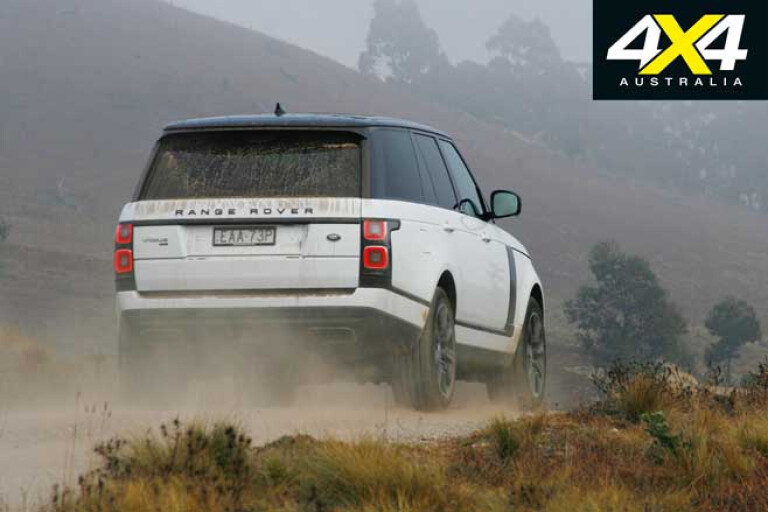
The PHEV can be driven via the electric motor alone as a fully fledged electric vehicle, but its range in EV mode is limited (due to the battery capacity) to 50km, which makes its EV role essentially an urban commute.
You can still drive on the open road at highway speeds in full EV mode up to that 50km range, and if the road is relatively flat and the throttle loads are low it will remain in EV mode; although, when confronted with a hill, especially if you press the throttle to maintain road speed, the petrol engine will seamlessly kick in. Once in operation the ‘little’ petrol four is particularly smooth and quiet.
At all times the PHEV operates as a hybrid, in as much as it recoups otherwise lost energy via its regenerative braking and stores it in the battery for later use. In effect this makes the petrol engine more efficient, which is reflected in the PHEV’s almost diesel-like (sub 10s) fuel economy.
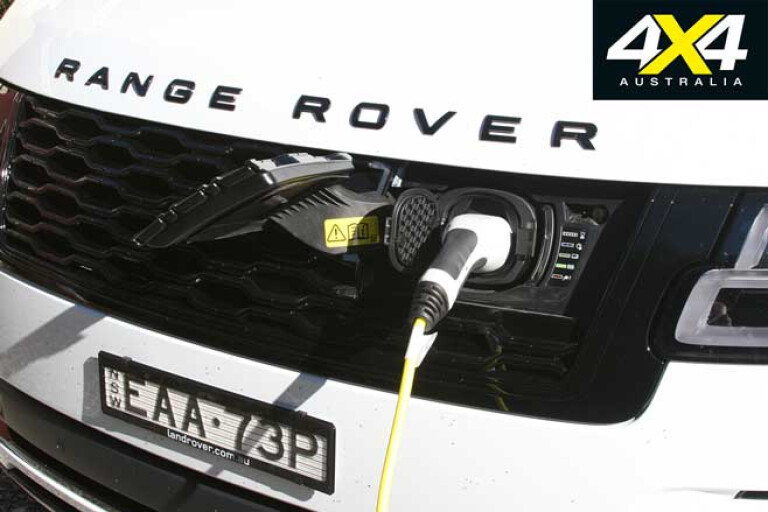
Interestingly the ADR fuel test figure is just 2.8L/100km, as the ADR test protocol is blindsided by the PHEV’s ability to operate as an EV for the majority of the test procedure, therefore using only a sip of petrol. With its 91-litre fuel tank the PHEV has a useful range of 900km; although, the downside of having to accommodate the 12.4kW-hour EV battery is that the PHEV loses the otherwise standard full-size spare wheel and instead gets a small compressor and tyre-repair kit.
Powertrain aside the PHEV is typical Range Rover, which is another word for a peerless combination of cabin opulence, on-road finesse and off-road prowess. Even on 21-inch wheels, the test vehicle’s ride proved plush and supple thanks to the long travel, fully independent, air-spring suspension. For a vehicle that offers such a soft ride, the steering and handling is unbelievably sharp.
Hitting the low-range button enables you to tackle the gnarliest track thanks to the ‘smarts’ of a fully automatic (self-locking diffs) 4x4 system and the height-adjustable suspension adding ground clearance. However, the showroom tyres are the weak link in the Range Rover’s off-road armoury, but that can be easily fixed given the off-road tyre options available for the standard 20-inch rims.
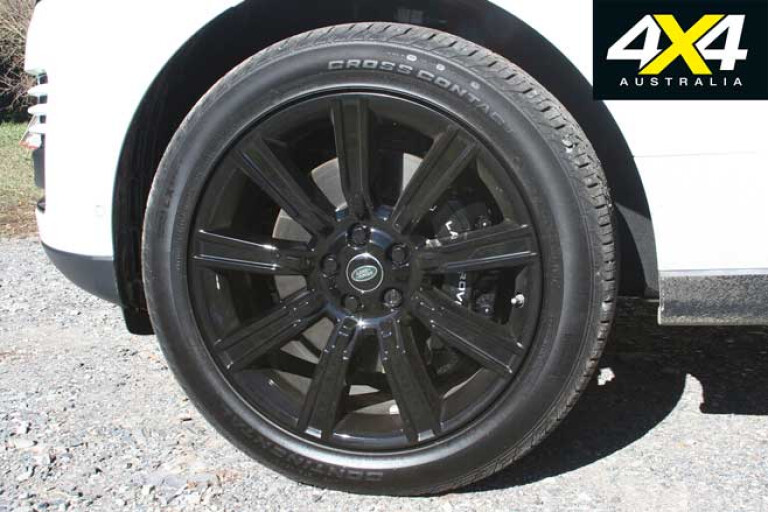
Given the PHEV costs an extra $15K, what does it offer over what is effectively the default and least expensive Range Rover engine in the form of 202kW 3.0-litre V6 diesel? A fair bit more performance for starters, as well as more powertrain refinement thanks to its smooth and quiet petrol engine and noise- and vibration-free electric motor. The ability to operate as an EV and the benefit this brings to the immediate urban environment (no exhaust emission) may also be a winner for some buyers.
If you can charge the battery off solar panels rather than the grid, perhaps via a wall battery in your garage or parking area, then you get to close the environmental loop even further and generate some real fuel-cost savings.
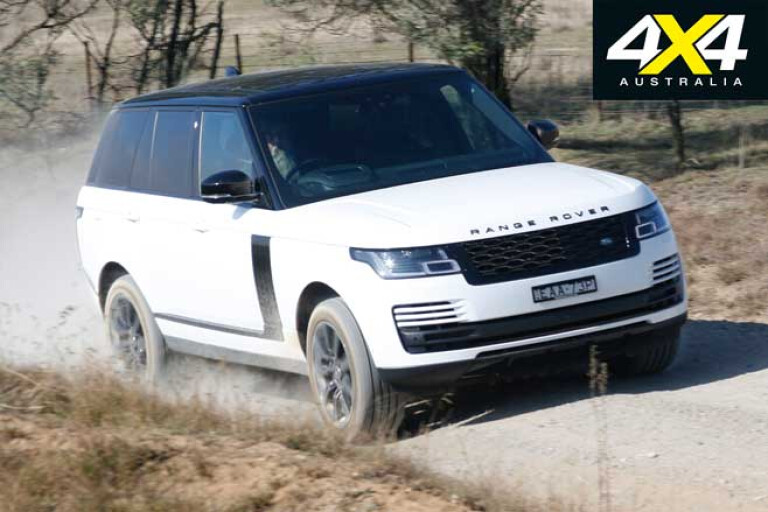
2019 RANGE ROVER P400e PHEV SPECS
Engine: 2.0-litre 4-cyl turbo petrol
Engine Output: 221kW/400Nm
Electric Motor: Permanent magnet
Electric Motor Output: 105kW/275Nm
Combined Power: 297kW @ 5500rpm
Combined Torque: 640Nm @ 1500-4000rpm
Gearbox: Eight-speed automatic
4x4 System: Dual-range full-time
Kerb Weight: 2596kg
Towing Capacity: 2500kg
Fuel tank capacity: 91L
PHEV battery capacity: 12.4kWh
ADR fuel consumption*: 2.8L/100km
On-test fuel consumption: 9.5L/100km
Base price: $210,400
As-tested price: See below
*Australian Design Rule ‘Combined-Cycle’ claim
2019 Range Rover range of options

IT’S HARD to get your head around all the kit on the $210K Rangie. It has 20-way adjustable heated front memory seats, power-recline and heated rear seats, electric-adjust heated steering wheel, three-zone climate control, electric cabin ‘pre-conditioning’, digital radio/TV, and a panoramic roof and head-up display.
Safety kit includes autonomous braking, rear cross-traffic camera and alert, lane-departure warning, and tyre-pressure monitoring. Mechanical features include height-adjustable air suspension, Terrain Response 2, Adaptive Dynamics and electric power steering. Our tester was fitted with 21s, radar cruise, 360˚ camera, traffic sign recognition and an auto rear locker.

COMMENTS